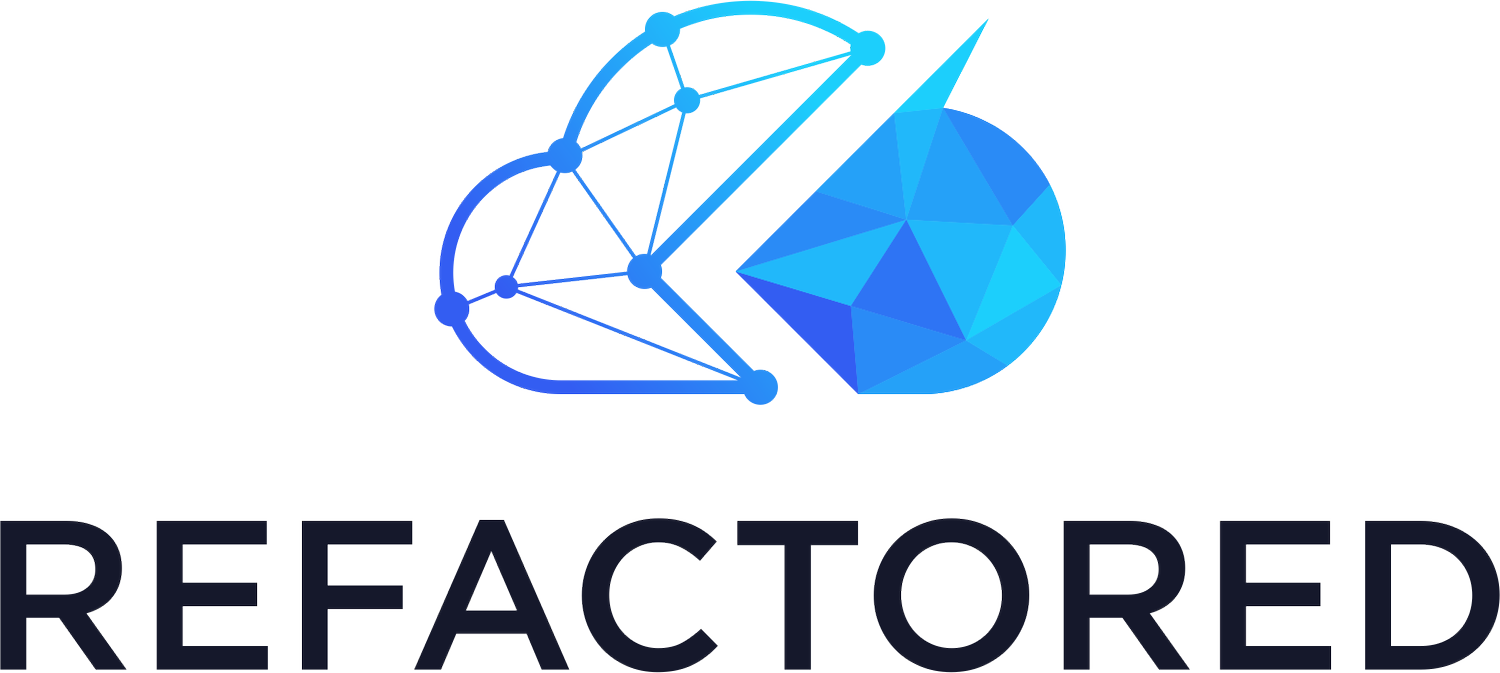AZ900 - Azure Fundamentals - What is Cloud Computing
A lot of Enterprises and organisation still have a traditional datacenter where they are in control of all aspects of the service they provide. But some are running large cloud migration projects to reduce the need for managing the hardware and also reduce the latency between need and deployment. When you are in control of racking and stacking the hardware, it needs to be available every time someone needs a server. With the raise of automation and virtualization the need to deploy hardware for each requirement is minimise and a large part of it is automated rather than a manual task.
The next step was Microsoft Azure, Amazon Web Services (AWS), Google Cloud Platform (GCP) and others providing a platform for cloud computing.
Cloud computing is the delivery of computing services over the internet, enabling faster innovation, flexible resources, and economies of scale.
Compute Services: do you need a lot of CPU cycles to crunch through a lot of work items, or large batch processing runs around the end of the month for invoicing, or virtual machines that need to be running 24 hours a day, 7 days a week. These are all service that are available on demand from cloud platform providers.
Storage: rather than having local storage arrays, you could host your data in the cloud where you are only charged for the space you use whether it’s a few gigabytes or petabytes for data being stored.
Networking: Virtually defined networks to help you construct your requirements in the cloud without the need for physically plugging in the individual routers and switches.
Application Services: Services that allow you to run your code directly without having to look after and run the operating system.
Data and Analytics Services: These services allow you to load in large amounts of data for the service to work through and then produce the information you need for day to day operations.
Cloud computing bring with it the concept of renting the hardware rather than purchasing it. In a traditional datacenter you would need to be procuring the required hardware ahead of time to allow for installation and configuration before your end user could use it, this would be done to reduce the risk of supply chain issues. In cloud computing however Microsoft oversees the hardware, and we are just renting what we need.
This renting model means that we only pay for what we use, when running your own servers you may be over procuring server to ensure that you have capacity to cope with peaks in your monthly usage, but with cloud computing you can scale things up and down in line with demand to ensure that you are only paying for what you need at any point in time.
Microsoft still has large datacenters all around the global for your to run your services on, but this means that you are running your applications and services from a datacenter they control so they are responsible for the hardware and physical security to ensure you can run your workloads. They are responsible for keeping their services up to date, but you still have some responsibilities when it comes to your own code and service configuration.
So, to summarise the benefits of the cloud computing model are:
Renting Services rather than purchasing Hardware.
Pay for only what you use.
Cloud Provider has responsibility for hardware maintenance and patching.
Flexible to pick what you need.
Additional Information
Video
